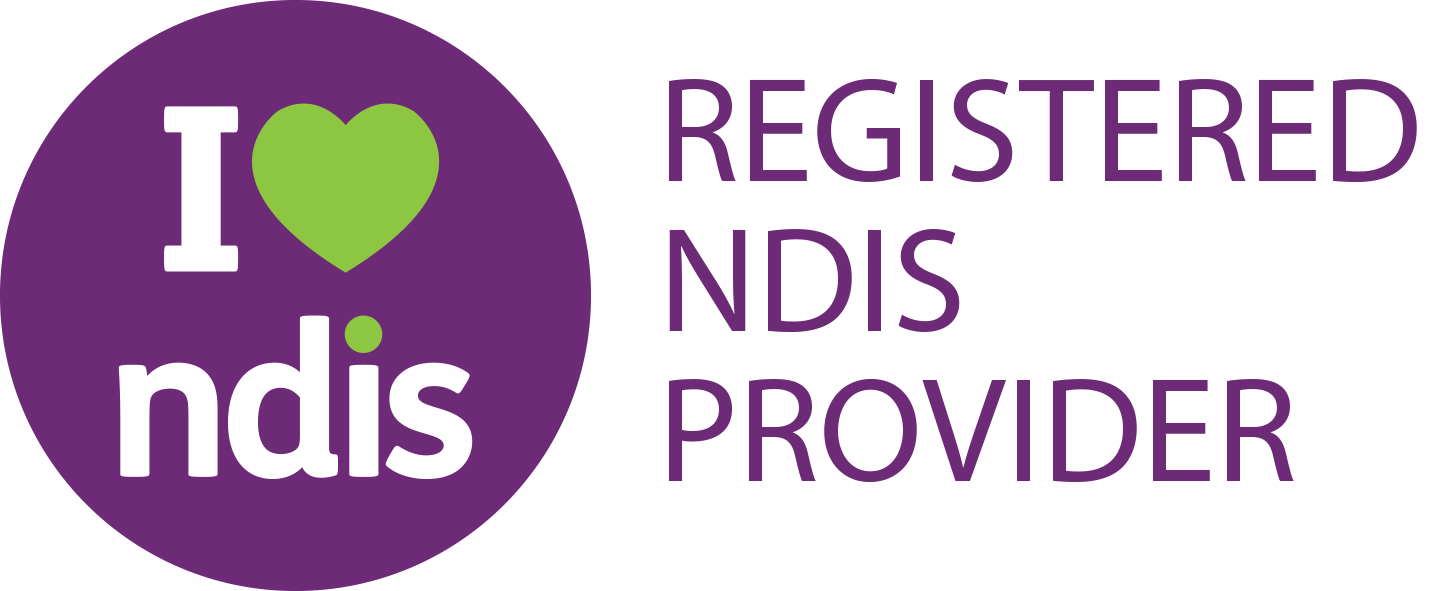Understanding Eating Disorders: Types, Symptoms, and Treatment Options
Advance Minds Blog
A safe space to explore subjects within the community such as mental health, substance abuse and personal identity.
Our safe space also provides the opportunity for real individuals to express their hardships and success through writing.
Understanding Eating Disorders: Types, Symptoms, and Treatment Options

Understanding Eating Disorders: Types, Symptoms, and Treatment Options
Eating disorders are serious mental health conditions characterized by unhealthy eating behaviors and distorted body image perceptions. Often associated with intense emotions and physical complications, eating disorders can affect individuals of all ages and backgrounds. With appropriate treatment, many people recover from eating disorders and regain control over their lives.
1. What Are Eating Disorders?
- Definition: Eating disorders are mental health conditions involving extreme concerns about weight, body shape, and eating habits.
- Complex nature: Eating disorders are multifaceted, involving biological, psychological, and sociocultural factors.
- Long-term impact: Without treatment, eating disorders can lead to severe health complications, including organ damage, bone loss, and even life-threatening conditions.
2. Common Types of Eating Disorders
- Anorexia Nervosa:
- Symptoms: Extreme food restriction, intense fear of gaining weight, distorted body image.
- Health risks: Severe malnutrition, weakened immune system, brittle bones, and heart complications.
- Bulimia Nervosa:
- Symptoms: Recurrent episodes of binge eating followed by compensatory behaviors like vomiting, fasting, or excessive exercise.
- Health risks: Electrolyte imbalance, gastrointestinal issues, and dental problems from repeated vomiting.
- Binge-Eating Disorder:
- Symptoms: Consuming large quantities of food in a short time, feeling out of control, and often experiencing guilt or shame after episodes.
- Health risks: Obesity, diabetes, high blood pressure, and cardiovascular issues.
- Other Specified Feeding or Eating Disorders (OSFED):
- Symptoms: This category includes disordered eating patterns that don’t fit strictly into other categories, like atypical anorexia or night eating syndrome.
- Avoidant/Restrictive Food Intake Disorder (ARFID):
- Symptoms: Avoidance of certain foods based on texture, color, or other characteristics, often leading to nutritional deficiencies.
- Health risks: Malnutrition and developmental delays in children and adolescents.
3. What Causes Eating Disorders?
- Genetic predisposition: A family history of eating disorders or other mental health conditions can increase the risk.
- Psychological factors: Low self-esteem, perfectionism, trauma, and depression are often linked to eating disorders.
- Cultural influences: Societal pressure for thinness and an emphasis on appearance can contribute to body dissatisfaction.
- Biological factors: Hormonal imbalances and brain chemistry may influence appetite, mood, and eating behaviors.
4. Risk Factors for Eating Disorders
- Age and gender: Although eating disorders can affect people of any age or gender, they are most common in adolescents and young adults, particularly females.
- History of dieting: Dieting can be a risk factor, especially if it leads to restrictive or unhealthy eating habits.
- Sports or professions focused on weight: Certain activities like ballet, gymnastics, wrestling, and modeling emphasize body image and weight control.
- Peer pressure and social media: Exposure to edited images and diet culture on social media can intensify body image concerns.
5. How Eating Disorders Impact Daily Life
- Physical health: Eating disorders can lead to fatigue, weakness, digestive issues, and compromised immune function.
- Mental well-being: Eating disorders often coexist with anxiety, depression, and obsessive-compulsive behaviors.
- Social isolation: Disordered eating habits may lead to isolation from friends and family to hide behaviors or avoid meals.
- Daily functioning: Concentration, productivity, and academic or work performance may be negatively affected.
6. Signs and Symptoms of Eating Disorders
- Behavioral signs: Skipping meals, strict food rituals, hiding food, frequent dieting, and avoiding social situations involving food.
- Emotional symptoms: Excessive concern about body weight or shape, intense guilt or shame around eating, and low self-esteem.
- Physical signs: Noticeable weight changes, fatigue, dizziness, hair thinning, dental erosion (from vomiting), and changes in skin or nail health.
7. Diagnosing Eating Disorders
- Clinical evaluation: Diagnosis involves interviews and assessments by a mental health professional, who reviews eating behaviors and medical history.
- Physical examination: A medical evaluation checks for signs of malnutrition, organ function issues, and overall physical health.
- Psychological assessment: Evaluates the presence of co-occurring conditions like depression or anxiety and the severity of disordered thoughts.
8. Effective Treatments for Eating Disorders
Treatment for eating disorders usually involves a multidisciplinary approach combining therapy, nutrition counseling, and medical monitoring.
- Therapy:
- Cognitive Behavioral Therapy (CBT): Focuses on identifying and changing distorted thoughts about body image and food.
- Dialectical Behavior Therapy (DBT): Teaches emotion regulation and mindfulness techniques to reduce disordered behaviors.
- Family-Based Therapy (FBT): Involves family members in the recovery process, particularly effective for adolescents with anorexia.
- Nutritional counseling: Dietitians provide personalized meal planning, support healthy eating habits, and address fears around certain foods.
- Medication: Antidepressants or anti-anxiety medications may be prescribed to address co-occurring mental health issues.
- Inpatient or outpatient programs: Depending on the severity, individuals may require structured programs that provide intensive support.
9. Coping Strategies for Living with an Eating Disorder
- Set realistic goals: Recovery is gradual, so set small, achievable goals to rebuild a healthy relationship with food.
- Practice self-compassion: Cultivate patience and kindness toward yourself, as recovery involves ups and downs.
- Engage in positive self-talk: Replace negative self-talk about body image with affirmations or neutral statements.
- Limit exposure to triggering content: Avoid social media accounts, magazines, or shows that focus on dieting or unrealistic body standards.
- Find support: Support groups, either in-person or online, provide a safe space to share experiences and encourage each other’s progress.
10. Supporting a Loved One with an Eating Disorder
- Educate yourself: Learning about eating disorders helps you offer informed and empathetic support.
- Offer non-judgmental support: Listen without judgment and avoid making comments about weight or appearance.
- Encourage professional help: Suggest seeing a therapist or dietitian and offer assistance in finding resources if they’re open to it.
- Be patient: Recovery takes time, so offer consistent encouragement and avoid expressing frustration if they struggle.
- Celebrate small victories: Acknowledge and celebrate progress, no matter how small, to build their confidence in recovery.
11. Long-Term Recovery and Management
- Commitment to recovery: Long-term recovery requires ongoing dedication to healthy eating habits, mental health care, and self-compassion.
- Build a balanced lifestyle: Engage in activities that bring joy, relaxation, and a sense of purpose, outside of food and body image.
- Develop a support system: Surround yourself with supportive friends, family, and recovery-focused communities.
- Practice relapse prevention: Recognize early signs of relapse and establish coping strategies with the guidance of a therapist.
- Set boundaries around diet culture: Limit exposure to environments that promote unrealistic body standards or pressure to diet.
Final Thoughts:
Eating disorders are complex, but with proper treatment, recovery is possible. Understanding the signs and types of eating disorders, as well as seeking professional support, can make a significant difference. If you or someone you know is struggling with an eating disorder, don’t hesitate to reach out—healing is possible, and a healthier relationship with food and self is within reach.
















